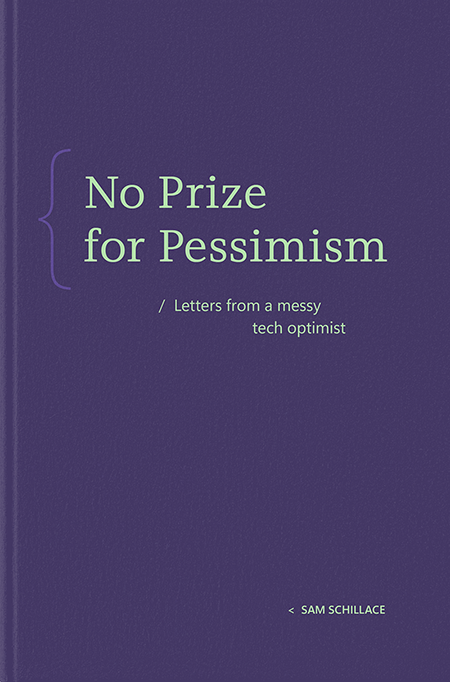Optimize Azure Stack HCI with the Well-Architected Framework
Azure Stack HCI is a hyperconverged infrastructure (HCI) solution that provides storage, network, and compute resources in on-premises or edge locations. It supports the creation and management of Windows and Linux virtual machines (Arc VMs), AKS clusters for containerized workloads, and other Azure Arc-enabled services, such as SQL Managed Instance (MI) and Arc-enabled machine learning (ML). Azure Stack HCI is connected to Azure for streamlined deployment and management, which provides a unified and consistent management experience using Azure portal and Azure Update Manager for updates, and the Arc Resource Bridge for workload orchestration and provisioning operations.
You can use Azure Stack HCI and Azure Arc capabilities to keep business systems and application data on-premises to address data sovereignty, regulation & compliance, and latency requirements. For more information, please see What is Azure Stack HCI?
The Azure Well-Architected Framework (WAF) provides prescriptive guidance and recommendations for architects to use when creating or reviewing cloud solutions. The WAF guidance is organized into five pillars, Reliability, Security, Cost Optimization, Operational Excellence, and Performance Efficiency. Incorporating the recommendations into platform and workload designs helps to ensure reliable, scalable, and performant architecture patterns are implemented for cloud solutions.
Today I am announcing the Azure Well-Architected Framework Service Guide for Azure Stack HCI. Like other service guides, this guide for Azure Stack HCI contains design checklists, and detailed configuration recommendations that can assist cloud architects in designing and deploying Azure Stack HCI in line with the guiding tenets of the Well-Architected Framework: Reliability, Security, Cost Optimization, Operational Excellence, and Performance Efficiency.
When you’re designing a new Azure Stack HCI deployment, this guide offers advice to make sure your platform is set up effectively. Use the design checklists for tailored recommendations during planning. Each recommendation includes a rationale and a link to product documentation for more details. If you’ve already implemented Azure Stack HCI, this guide can direct you to enhance your platform or workload designs in line with the WAF pillars.
Updated Azure Architecture Center pattens
To accompany the new Azure WAF Service Guide for Azure Stack HCI, we have published new and updated Azure Architecture Center (AAC) reference architectures, as detailed below:
1. Azure Stack HCI – baseline reference architecture for guidance and recommendations for configuring Azure Stack HCI infrastructure as a reliable platform to deploy and manage highly available virtualized, and containerized workloads.
2. Azure Stack HCI – three-node storage switchless architecture for guidance and recommendations for deploying Azure Stack HCI using a three-node storage switchless network architecture.
We plan to publish more Azure Stack HCI Infrastructure and Workload design patterns in the Azure Architecture Center in the coming months, which will provide additional guidance and recommendations.
If you have any feedback or comments in relation to the Azure Stack HCI WAF content, please send an email to AzS-WAF-Feedback@microsoft.com
Author Bio
Neil Bird is a Principal Program Manager in the Azure Edge & Platform Engineering team at Microsoft. His background is in Azure and Hybrid Cloud infrastructure, operational excellence, and automation. He is passionate about helping customers deploy and manage cloud solutions effectively using Azure and Azure Edge technologies.
Microsoft Tech Community – Latest Blogs –Read More











